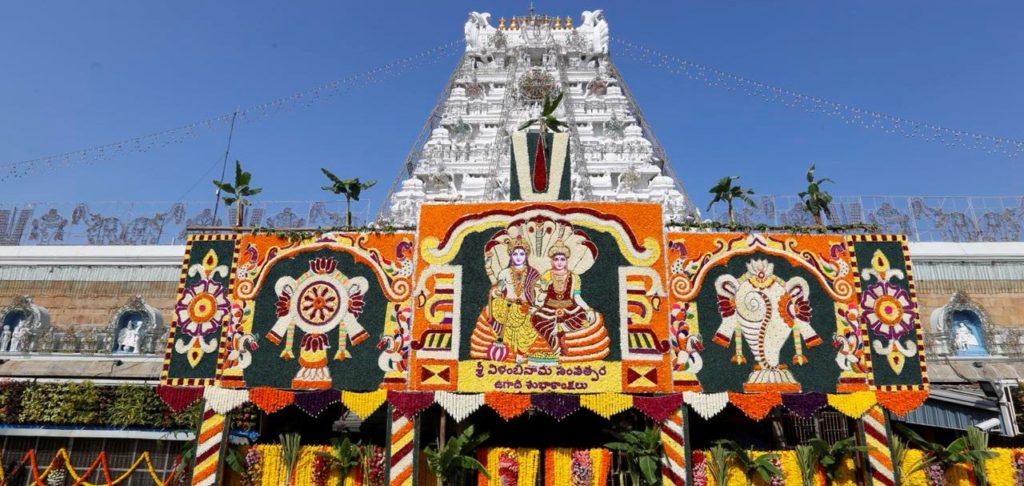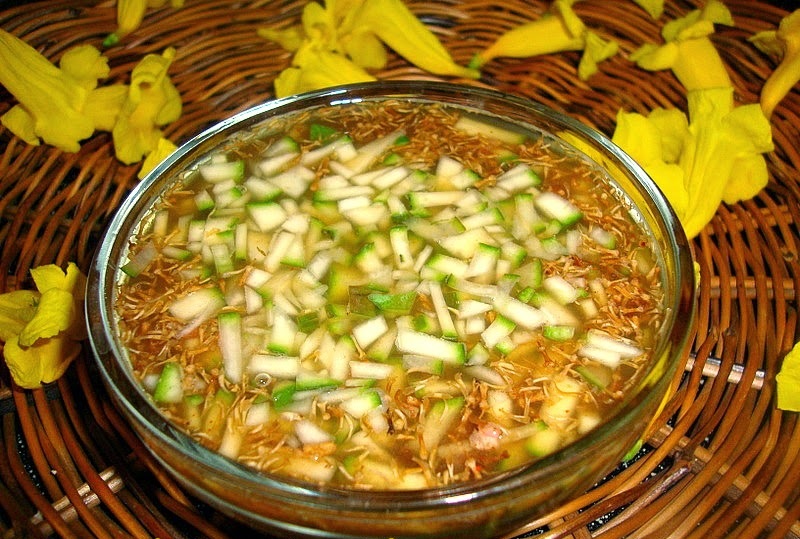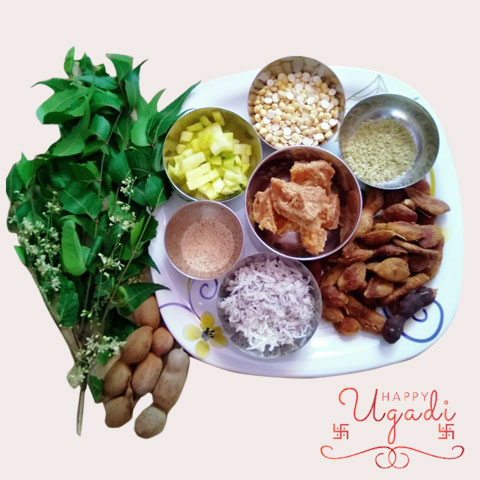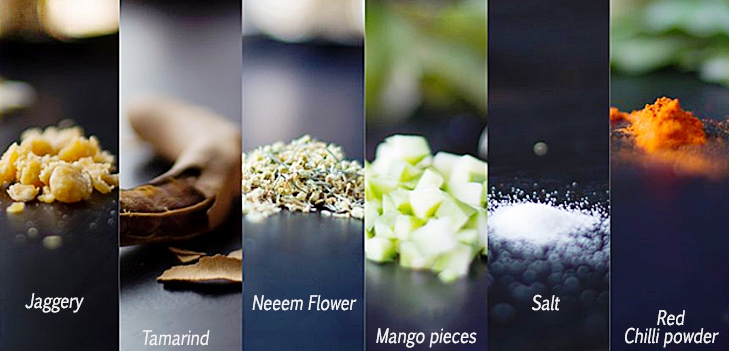Ugadi – New Year for most of the states in INDIA
Seasons change. So are the accomplishments that seasons give to us. Because of variations, nature is always juvenile. The trees which shed their leaves in winter, sprout new leaves in spring and flourish with dexterity.
Of all the seasons, spring is the most invigorating and appealing. Lord Krishna says that “Rutunaamkusumaakarah”, I am the Spring in seasons. Because of this reason, the beginning of the new year will be counted from this season.
The first month in Spring is “Chaitram”. In the case of thidhi, Paadyami is accredited as the first. Brahma Purana says that Lord Brahma had commenced the creation of this universe on this day in the aeon.
This is the starting of a Yuga. This day is celebrated by all Telugu people as the first festival because all the above were commenced on this day of yore.
The learning also said that Lord Rama had been crowned, and Lord Krishna ceased his incarnation on this day. The beginning of Kali Yug was also on this day. As per the computations of Varahamihira, the astronomer and the astrologist, Chaitra is the first month in a year.
On this great day, he had consecrated the first Panchangam (Almanac) to us. Famous kings like Vikramaditya and Andhra king, Salivahana ascended the throne on Paadyami thidhi of Chaitra month.
Ugadi Pachhadi (chutney)
The moment you think of Ugadi, then comes instantly to anybody’s thoughts is “Ugadipachhadi”.
Mixing up the green mangoes, neem flowers, fresh jaggery, tamarind, chilly, and salt, the Ugadi Pachhadi is made to reflect the six tastes of life which are the spokes of happiness and sadness. However, keeping this aside, it is mentioned in Ayurveda that, consuming this pachhadi on Ugadi day will remove phlegm, gas, and many other health problems.
- The neem acts as antiseptic, antibacterial. It also removes skin diseases.
- Raw Mango cures the defects in blood circulation in the body.
- Tamarind helps in digestion.
- New jaggery reduces the heat in the body.
- The chilly cures an earache, throat swelling.
- Salt restricts growing of fat in veins.
Normally this chutney is made in new earthen pots and hence keeps the body cool. Some people also add pieces of sugarcane and banana to the chutney.
Panchanga Sravanam
(Rendering of Almanac)
This is invariably done on Ugadi day. There is a meaning in this. This is the scientific way of showcasing our rituals. There are five parts. Thidhi, Vara (week), Nakshatra (star), Yoga and Karana.
Chatra Chamara Sekarana
(Collection of umbrellas, hand fans)
Commencing from the month of Chaitra, the rays of Lord Sun get intense and hence people collect umbrellas and hand fans to protect themselves from the scorching heat.
Pravadana Prarambham
(Starting by Providing Cool Water)
Prava means “cool hut” and Prasaadanam means sources of providing cool water. Such huts set up to provide cool water are also started on this day.
Vasanta Navaratri Utsavam
(Celebrations of Nine Nights)
Starting from Ugadi, celebrations are done for nine days. People pray Lord Rama during these nine days to bless them with good luck during the entire year.
Even though small changes occur, there is always an inherent meaning and purpose in our customs and rituals. Our elders thus made such festivals as part of our daily life.
May the Lord Sri Venkateswara with his consort goddess, Padmavathi bless us all every year.




